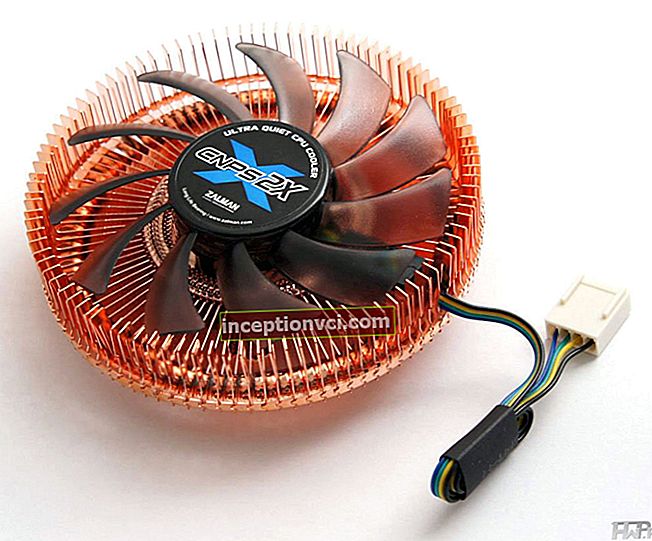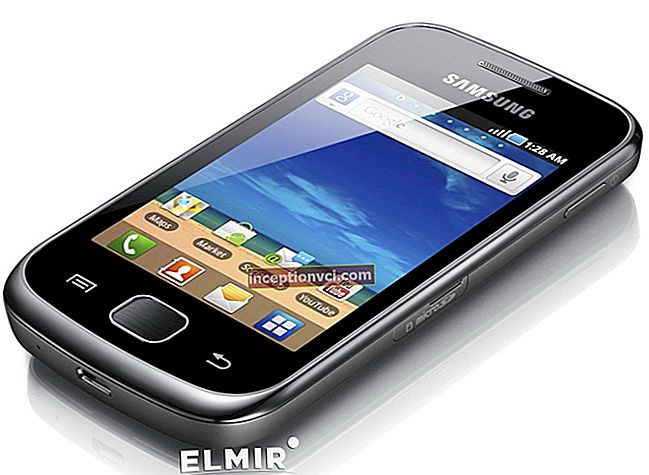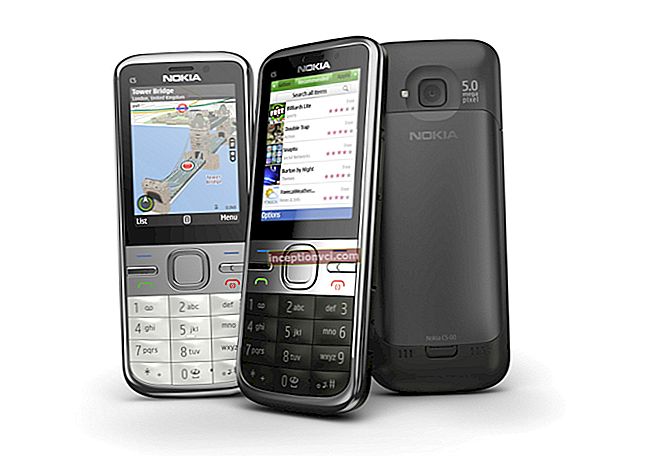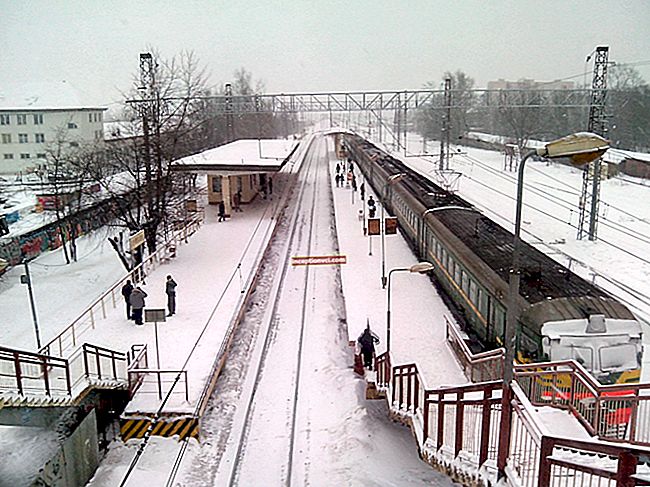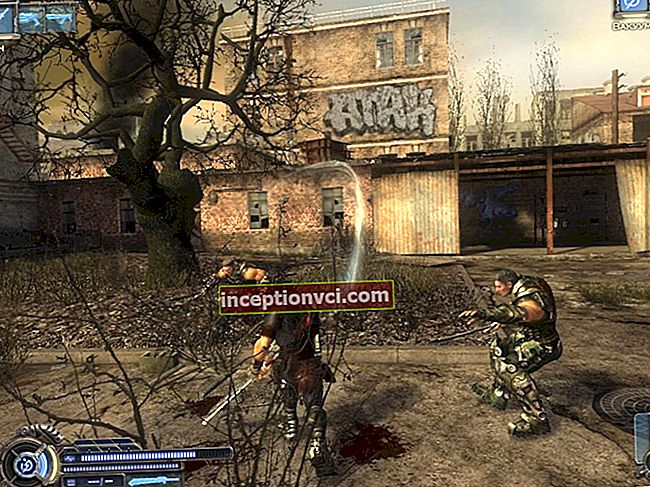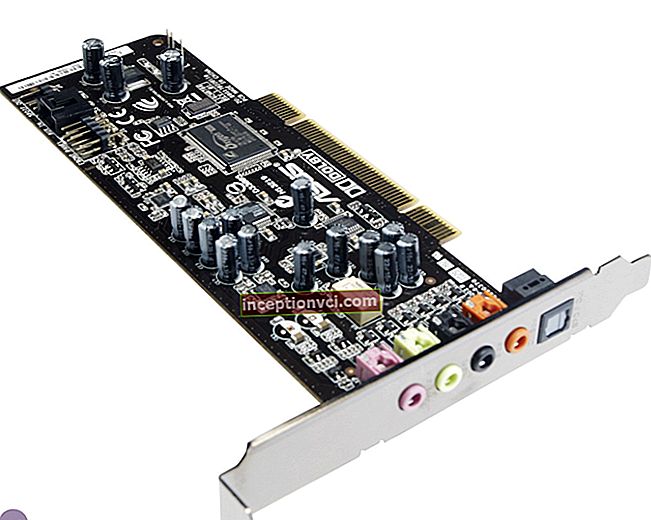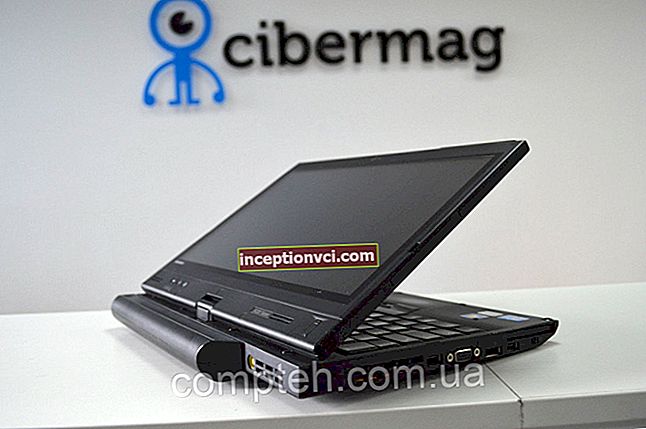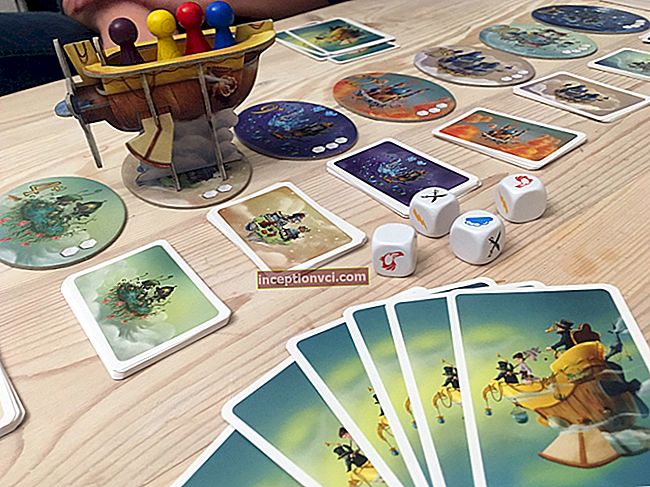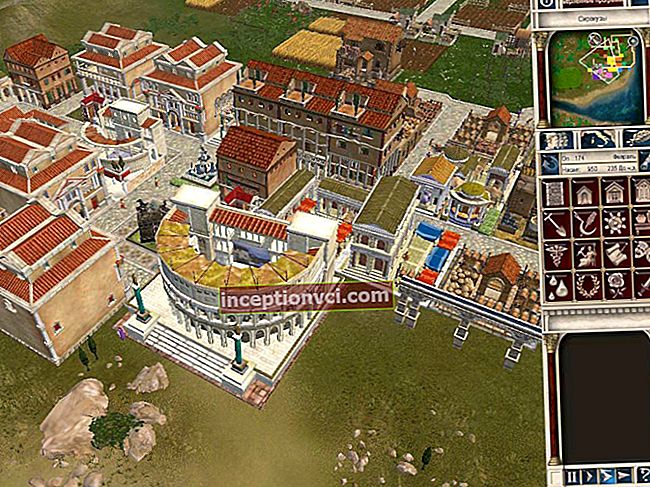The famous Japanese company Canon is one of the leaders in the SLR camera market. The company produces both professional and amateur devices. In 2010, the Canon EOS 60D mid-range camera was launched. It quickly gained popularity in the digital technology market and remains popular even today. In June 2013, the Japanese company announced the Canon EOS 70D camera, which is intended to replace the EOS 60D. Compared to its predecessor, the new product is more focused on shooting video without compromising on photography.
Ergonomics and design
Externally, the Canon EOS 70D is a classic SLR camera that is almost identical to its predecessor. All the differences between the two devices are related to the controls. The body of the device has chopped edges, which have a positive effect on the ergonomics of the camera.
The device fits comfortably in the hand. The body has special recesses for the thumb and middle fingers. The large grip allows you to grip the camera securely.

The base of the structure is made of magnesium alloy, which ensures the reliability and durability of the device. The device is lined with high-quality plastic resistant to mechanical damage. The camera body is non-marking, greasy fingerprints are not visible on it. The surface of the case, designed for grip, is covered with a rubberized material that does not allow the device to slip out of your hands.
The dimensions of the new items are 139x104x79 millimeters. The camera weighs 755 grams with a memory card and battery. Compared to its predecessor, the device has become a little more compact, but its weight has remained unchanged. You cannot call a miniature camera, although it does not stand out against the background of its competitors. So the dimensions of the Nikon D7000 are 132x105x77 millimeters and weighs 690 grams, and the Sony A77 has dimensions of 143x104x81 millimeters and weighs 732 grams.
Although the Canon EOS 70D is a semi-professional camera, it is intended for those hobbyists who are not looking for compact point-and-shoot cameras, but want to work with a more functional camera for high quality photos. It will not work to quickly adjust the camera with one hand, the user will have to use both hands.
According to the manufacturer, the body of the device is protected from external influences. That is, the camera can be shot in rain or snow. But it's better not to take risks and not shoot for too long in this weather.
Functional elements
The front panel of the Canon EOS 70D houses an EF-S mount, a lens release button, a depth-of-field preview button and a flash activation button. There is also a lamp that signals the inclusion of the self-timer. It is not used for the autofocus illumination; the built-in flash of the camera serves for this purpose, which in this case emits short pulses. An external flash connected to a hot shoe can also be used for AF-assist beam.

On the left side panel of the camera there are speaker holes, a connector for a remote control, an external microphone hole, an AV digital video output (miniUSB) and a microHDMI port. On the right side of the device there is only a slot for an SD memory card.
The central place on the top panel of the device is occupied by a "hot shoe", stereo microphone holes and a built-in flash. To the left is the shooting mode dial with a lock button and a power lever. The disc rotates 360 degrees. When choosing a shooting mode, you must press the release button located in the center of the disc. If this button is not held down, then the rotations of the disc will be blocked.Thanks to the embossed surface and shiny paint, the icons for the shooting modes are clearly visible in low light conditions.

On the right side of the hot shoe, you can see a large circular shutter release button, a selector dial, a small AF point selection key, a monochrome liquid crystal display and five function buttons (drive mode selection, focus mode, ISO value, metering settings and backlight activation display).
The display on the top panel has an orange backlight, which is activated by a separate button.
On the bottom of the camera you can find a battery compartment and a tripod socket.
Most of the rear panel is occupied by a rotary display. It is covered with tempered glass to protect it from scratches and impacts. Directly above the display you can see the viewfinder, to the left of which there are buttons for entering the main menu (MENU) and switching the type of information displayed on the display (INFO). To the right of the viewfinder is the video recording start / stop button, combined with the Live View switch. The right side of the rear panel of the camera is occupied by buttons for viewing footage, deleting unnecessary photographs (videos), and calling up the quick menu. You can also see the autofocus button, two keys to zoom in and out of the viewed image, an indicator of the buffer load, as well as an eight-way joystick, which is used to navigate the menu. The joystick is bordered by a movable wheel. Slightly below is the wheel activation / deactivation lever.
The user can assign a function to the center key of the navigation pad (SET). By default, this button is disabled during shooting. In the menu, it performs the same function as the Enter button on the keyboard of a personal computer.
All controls are well placed. When you grip the device, your fingers rest comfortably right on the buttons. In addition, the values of most keys and selector wheels can be changed.
Autonomy
The Canon EOS 70D is powered by a 1800mAh LP-E6 battery. The predecessor of the device had the same battery.
According to the developer, the camera can take about 1000 shots in offline mode. That is, depending on the frequency of using the Live View mode, the device can take from 700 to 1500 photos on a single battery charge.
In the camera menu, you can find the item "Battery information", where you can see the percentage of battery power and the remaining number of frames.

Screen
The Canon EOS 70D is equipped with a 104k-dot tiltable TFT LCD. The diagonal of the screen is 3 inches (7.7 centimeters).
The space between the tempered glass and the screen matrix is covered with a special transparent material that minimizes reflections from light sources. The viewing angles of the camera display are very wide and are almost 180 degrees.
A rotatable display that pivots on two axes provides good maneuverability, allowing you to capture shots from different angles in live view. In the horizontal plane, the screen is rotated 90 degrees, and in the vertical plane - 270 degrees.

The screen is equipped with an anti-reflective coating, which allows you to view pictures on the display even in bright sunlight. The screen of the device is non-marking. Oily fingerprints do not appear very often and can be easily wiped off with a microfiber cloth.
The brightness of the display can be adjusted not only manually, but also automatically depending on the ambient light. In the sun, the picture on the camera screen fades a little, but remains clearly distinguishable.
Among other things, the display of the device is touch-sensitive, so the user can set the focus point by touching the screen, “scroll through” the captured photos, and change the scale of the viewed images using gestures.You can work only with the screen without using the buttons with all the settings and in all the menu tabs. The screen is sensitive to touch. Touch control can be disabled. To do this, you just need to press the Q button.

The aspect ratio of the monitor is 3: 2, which corresponds to the format of the full frame from the matrix. On the one hand, this is good, since the photos will be displayed in full screen. On the other hand, when displaying information about a photo while viewing it, either you will have to display the data over the image, or you will need to reduce the photo on the screen.
In live view, you can change the aspect ratio of the frame to 4: 3, 16: 9, or 1: 1. When you select a format, it is immediately highlighted on the screen, and extra areas of the image are darkened.
The bright, high-resolution, anti-reflective screen is thus a strong point of the camera. The user can create original images from different angles, which cannot be done with a camera equipped with a non-rotating display. The photographer can immediately view the footage on the display regardless of the weather conditions (snow, rain or bright sun). The picture on the screen looks clear and bright.
Viewfinder
The Canon EOS 70D is equipped with an optical viewfinder with diopter adjustment. It is slightly larger than the EOS 60D's viewfinder and covers 98% of the frame, while the EOS 60D's viewfinder covers 96%.
Inside the viewfinder there is a translucent liquid crystal display, which displays the readings of the electronic level and the composite grid. Depending on the lighting conditions, the grid and focus point may light up in red.
The electronic level demonstrates the deviation of the camera from a strict horizontal position. It avoids the "blocked horizon".
The viewfinder also displays AF points, exposure information (shutter speed, aperture, ISO), flash information, memory card information, and other information (such as the remaining battery level).
Unfortunately, the device does not have a sensor that automatically turns off the display when the eyepiece approaches the face.
Interface
Canon EOS 70D has the same interface as other cameras of the Japanese company. The setting items are presented in a vertical list. The menu is divided into many tabs that scroll horizontally.
The menu includes 5 sections, each of which is marked with a different color. So the shooting menu is highlighted in red (occupies 6 tabs), the playback menu - in blue (3 tabs), settings - in yellow (4 tabs), custom functions - again in red (1 tab) and "my menu" - in green (1 tab). Two tabs from the shooting menu section refer to live view. Depending on the selected shooting mode, the number of pages and items in the menu may change.

The device has a system of on-screen prompts ("Guide"). After its activation, a brief information is displayed on the screen for a few seconds, explaining the essence of each selected parameter. Such tips will help a novice user get comfortable.
The "Custom Functions" menu item consists of three sections: "Exposure", "Autofocus" and "Advanced". In the same menu item, you can reset all custom functions.
The menu section "Settings" contains items that are not directly related to shooting and viewing photos. Here you can change the brightness of the display, change the interface language, format the memory card, set the date and time, turn on the wireless module, activate auto-rotate, and the like.
Functionality
Canon EOS 70D is equipped with a new high-quality APS-C CMOS sensor (22.5 x 15.0 mm) with an effective resolution of 20.2 megapixels. The sensor has a natural sensitivity range of ISO 100-12800.

The camera is powered by Canon's high-performance DIGIC 5+ processor, which enables continuous shooting at 7 frames per second. The maximum burst can be up to 65 frames in JPEG and 16 frames in RAW. Until the clipboard is full, the user can shoot 10 frames in RAW format or 8 frames in JPEG + RAW format.
RAW photos are shot at 14-bit color depth. There is no built-in RAW converter in the device.
The Canon EOS 70D features a fast and highly responsive dual-pixel autofocus system. That is, each pixel that forms the picture is divided into two parts, each of which works as a phase focusing unit. The working area of phase detection autofocus covers 80% of the center of the sensor.
The SLR camera has a 19-point autofocus system. With a dedicated button, the user can select one AF point or a group of AF points. It is possible to select the automatic setting of the AF points by the camera. Focus works quickly and accurately. The user can activate tracking focus, which works very effectively, in Live View.
Focus points are selected separately for horizontal or vertical shooting modes. The autofocus is locked by pressing the shutter button halfway.
The camera demonstrates a high speed of work. It turns on almost instantly and processes information quickly. The shutter, which is also fast, operates over a range of shutter speeds up to 1 / 8000th of a second.
Fast autofocus allows you to capture dynamic scenes and still capture high-quality photos. Without autofocus, such frames can be blurry. And so, the user can take a picture of a running person, a dog or a passing cyclist.
There are three autofocus modes available: One shot, Ai servo and Ai focus.
The photographer can adjust the responsiveness of the AF Tracking to a new subject in the focus area. For this, the menu item "Tracking sensitivity" is provided in the menu of the device.
When the camera goes into "sleep" mode, you need to half-press the shutter button in order for it to wake up from "sleep". One second after pressing the button, focusing will resume.
The built-in flash is activated by means of an electronically controlled button, which eliminates the unintentional firing of the flash that occurs as a result of accidentally pressing a conventional mechanical button. The built-in flash has a guide number of 12. The flash sync speed is 1/250 second.

It's worth noting that Canon's proprietary hot shoe external Speedlite can be operated via a menu.
EF lenses for full-frame sensors and EF-S lenses for cropped sensors can be attached to DSLR cameras.
The device has the following white balance options: auto, incandescent (3200 Kelvin), fluorescent (4000 Kelvin), daylight (about 5200 Kelvin), cloudy (6000 Kelvin), shade (about 7000 Kelvin), flash and manual (setting according to the sample).
The device has a silent shooting option. In reality, the shutter release is not at all silent, but an order of magnitude quieter than in normal mode. After activating this option, the shooting speed is reduced.
Camera in operation
During shooting, information can be displayed on the display in one of three options, which are selected by cyclically pressing the INFO key. There is also a fourth option, which involves completely turning off the screen to save energy.
The first option is called “Displaying Camera Settings”. With this option, the data displayed on the display simply informs the photographer about the selected shooting settings. They cannot be changed: the image is passive.
In the second version, an electronic level is displayed on the screen, which tracks the tilt of the camera to the left or right of the lens axis. The electronic level can also be seen in the viewfinder.
The third option sounds like “Displaying shooting functions”. It is also initially passive. To change the shooting parameters in this mode, you must activate the screen by pressing the Q key located to the right of the display, or the Q icon, which can be seen in the lower left corner of the touch screen.
In the upper left corner of the screen, you can see the selected shooting mode. To change the mode, you need to turn the mode dial located on the left side of the upper panel of the device. You cannot change the shooting mode using the touch screen.
To select the active parameter, you need to press the direct access button, use the navigation buttons or click on the corresponding icon on the touch screen. The active parameter is highlighted with an orange rectangular border.
The value of the active parameter can be changed by turning the selector wheel. Alternatively, you can press the SET key located in the center of the navipad and open a separate page for setting the selected parameter.
Highlight Priority preserves detail in the brightest areas of your photos while fighting overexposure.
Various artistic filter effects can be applied while shooting, but only in Live View. In the shooting mode with the screen off, you can apply filters only when processing already footage.
The device offers 10 shooting modes: four standard modes (P, Tv, Av, M), scene mode, custom mode, creative auto, Bulb, Flashless and Scene Intelligent Auto.
Aperture Priority (Av) is one of the standard modes in which the user sets the aperture value and the camera automatically selects the appropriate shutter speed based on the metering results.
In shutter priority (Tv) mode, the photographer sets the shutter speed and the aperture value is set automatically.
In manual mode (M), the user independently sets both shutter speed and aperture.
In program mode (P), the owner of the camera independently sets the exposure compensation, the values of sensitivity and white balance, and the shutter speed and aperture are set automatically by the camera.
In Creative Auto, the photographer can set the color balance and the amount of background blur.
Scene Intelligent Auto is fully automatic. All parameters are selected by the camera depending on the subject and shooting conditions.
Scene mode includes sports, landscape, portrait, close-up, handheld night, and night portrait. In this mode, the choice of shooting parameters is limited, for example, you cannot select a value for light sensitivity. In scene mode, you can select the shooting atmosphere (soft, cold, warm, lively, enhanced, etc.) by adjusting its intensity (strong, standard, weak).
The image is generated by the camera according to the selected Picture Style: Standard, Auto, Portrait, Monochrome, Landscape, Neutral, Fine. There are also three custom styles. Picture styles differ from each other in different color tones, as well as levels of contrast, sharpness, and saturation.
When shooting in backlit conditions, it is recommended to use the High Dynamic Range (HDR) mode. In this mode, the camera takes a series of three pictures with different exposure values, and then "stitches" them together to obtain a more detailed photograph. In this case, the user can specify the range of exposure compensation.

In low light conditions, you can use Night Scene Mode, a shooting process similar to HDR.The camera automatically takes a series of 4 pictures with different settings, which are then combined into one picture with reduced noise.
The "Auto Brightness Correction" function allows you to brighten the dark areas of images. The intensity of this function is user-adjustable.
The device also includes useful multi-frame noise reduction and lens aberration correction functions. The user can adjust the intensity of noise reduction (strong, standard, weak, off).
Lens Aberration Correction includes chromatic aberration correction and peripheral illumination correction that provide uniform brightness across the entire photo, avoiding darkening corners of the image. But there is no function for correcting geometric distortions (distortion) in the device.
Thanks to the new sensor, the camera can create high-quality photos. Even at high sensitivity values, noise is barely noticeable, largely due to the noise reduction function.
Compared to its predecessor, the Canon EOS 70D delivers more detailed images with natural color reproduction. Photos are bright and sharp.

Video
Canon EOS 70D is capable of recording FullHD video at 30 frames per second with progressive scan. 720p video is recorded at 60 frames per second with MOV (H.264) extension. The sound is recorded in good quality to the built-in stereo microphone. There is a connector on the body of the device for connecting an external microphone. The video has a length limit of 29 minutes 59 seconds.
Before you start filming, you can zoom in on the image up to 5x or 10x. This cannot be done while recording.
The user can choose the value of light sensitivity, set the shutter speed and aperture, but only in manual shooting mode. You can customize the sound recording parameters, wind filter.
The Canon EOS 70D cannot be considered a professional device for video shooting, since the camera is not capable of shooting at a higher frame rate and recording video in the AVCHD format, in addition, it is not equipped with an audio output. But given the fact that the camera is positioned as a semi-professional device, it has wide capabilities in video shooting.
Wi-Fi
Canon EOS 70D is equipped with a built-in Wi-Fi module. It is designed for quick transfer of finished images to a personal computer or mobile device (tablet, smartphone) running the iOS or Android operating system.

The Wi-Fi module is also used to wirelessly control the camera. It is for this purpose that the special software EOS Utility is provided, which is installed on a personal computer. It provides the same functionality as a cable connection. Using a wireless connection, the user of the device can set the shutter speed, aperture, light sensitivity, white balance and, of course, release the shutter. There is a possibility of remote creation of photos and their instant saving to a computer for their further processing. This option is ideal for photographers who work in a studio. To control the camera from a mobile device, you need to download the proprietary program EOS Remote from the official Android or iOS app store.
Output
Canon EOS 70D has become a worthy follower of the popular EOS 60D SLR camera. The developers have equipped the novelty with a high-quality high-quality 20.2-megapixel CMOS sensor with a two-pixel autofocus system. The camera demonstrates fast work. 7 frames per second is fast enough for continuous shooting. The device allows you to take high-quality photos even at high ISO values. The camera does not disappoint when shooting video either.
The device is equipped with a bright and clear swivel display that allows you to create interesting photos from different angles.
The advantage of the camera is the Wi-Fi module, which allows remote control of the device and transfer of finished photos to compatible devices.
Canon EOS 70D can be safely recommended to active photography enthusiasts and users who want to become professional photographers.
